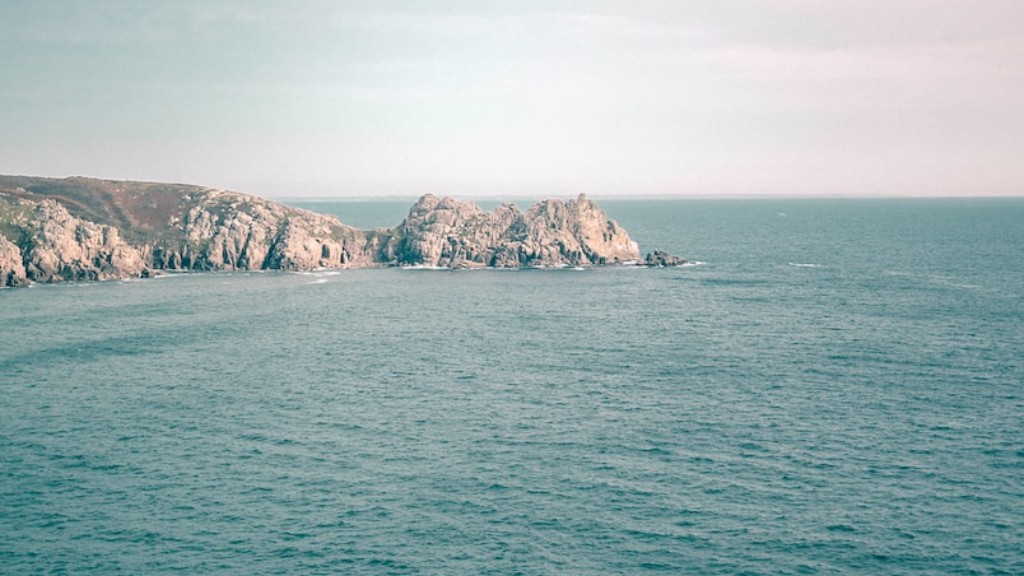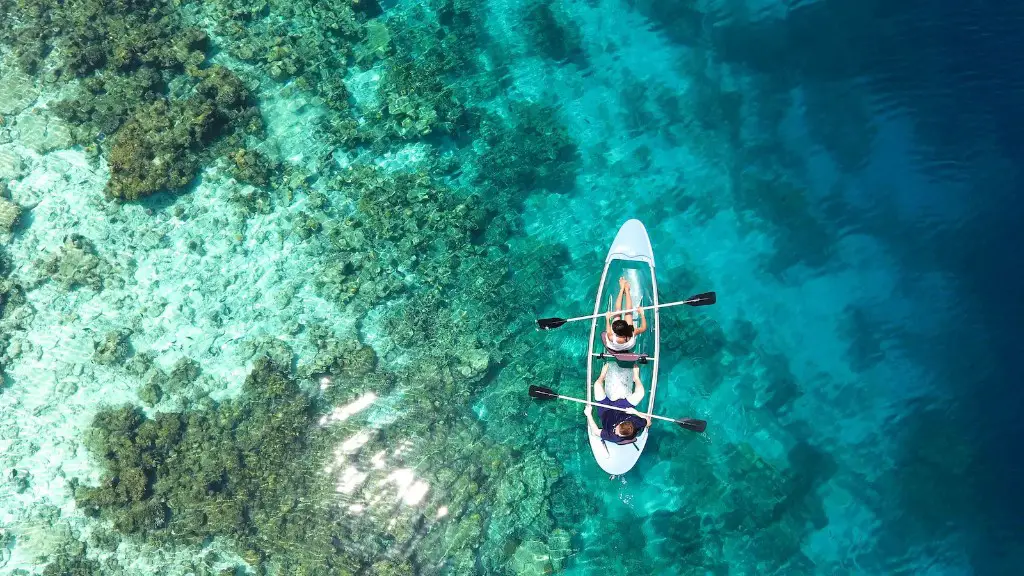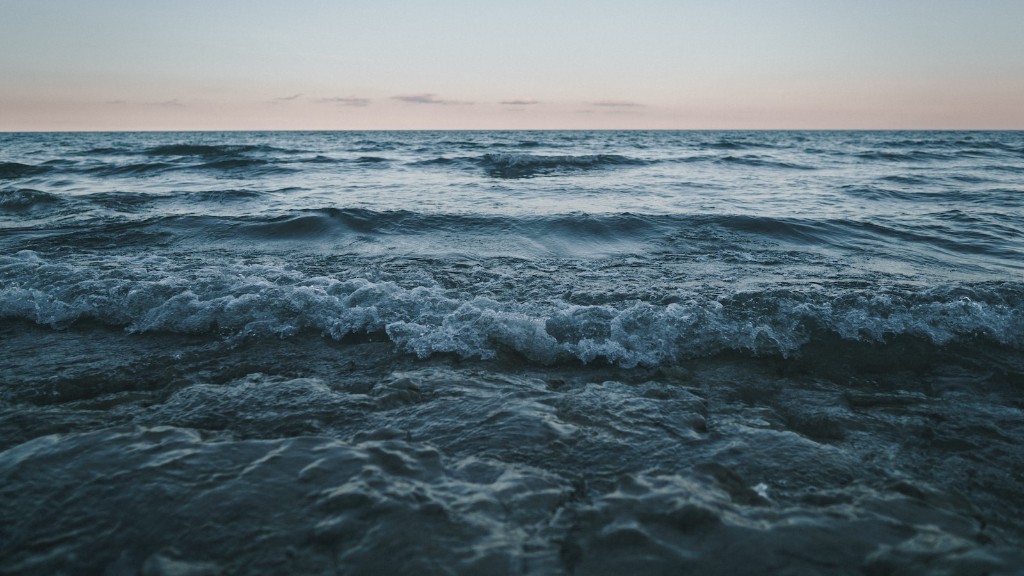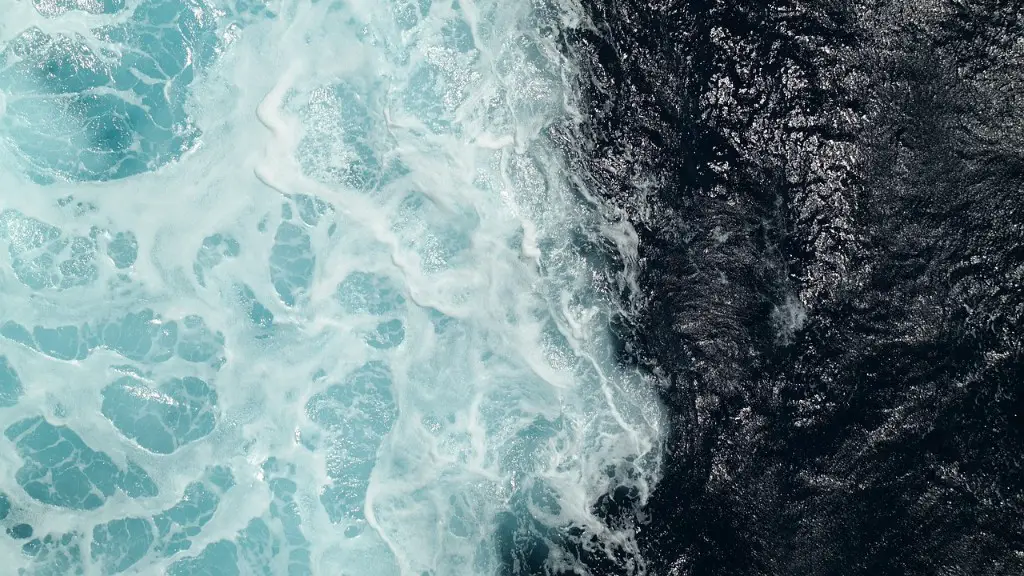How Did Rome Build An Empire Around The Mediterranean Sea?
The Roman Empire, which once spanned the Mediterranean Sea, was the largest and most powerful in the ancient world. Its vast boundaries stretched from the bank of the Tiber River in Italy to the coast of Morocco in North Africa and reached as far east as Syria.
The trajectory of Rome’s rise to power paralleled its expansion around the Mediterranean Sea. Rome’s conquest of the Mediterranean began in earnest during the Punic Wars, when it contested with Carthage for control of the region. After defeating the armies of Carthage, Rome was able to take advantage of former Carthaginian territories in North Africa and Iberia, allowing it to expand its control throughout the Mediterranean.
With its powerful navy, Rome was able to assert dominance over its rivals on the sea. The Roman navy was able to conquer large coastal cities, seize control of islands and rivers, and rapidly deploy troops to locations around the Mediterranean Sea. In addition, Rome used its strategic naval expertise to control trade routes and established a network of trade partnerships throughout the region. With the establishment of trade routes, Rome was able to acquire vast amounts of wealth and resources from the various regions around the Mediterranean.
The rise of Rome was also a consequence of its effective diplomatic policies. Rome was able to negotiate successful alliances and enforce its rule in various regions without relying solely on military domination by negotiating advantageous treaties with local rulers and gaining their cooperation. By consolidating its power through diplomatic negotiations, Rome was able to expand its boundaries to regions far beyond the Mediterranean Sea.
Rome’s dominance over the Mediterranean was also due in part to its efficient and effective system of laws and regulations. Rome adopted a centralized government structure with the Senate as its legislative body and the Senate had the power to enforce its laws throughout its territories. This system of governance allowed Rome to seize control of any region it wished and then implement its policies with relative ease.
With its efficient system of diplomatic negotiation and utilization of a powerful naval fleet, Rome was able to successfully construct an empire around the Mediterranean Sea that lasted for centuries. Rome created one of the most powerful and influential empires in the ancient world and its legacy of power and domination still remains in the region today.
Rome’s Macroeconomic Reorganization
The Roman Empire used extensive macroeconomic reorganization to establish and maintain its political hegemony over the Mediterranean. In particular, Rome adopted and enforced several significant fiscal reforms that fuelled its rise to power, such as the imposition of a single unified currency, taxation systems, and public works projects.
To maintain political unity, Rome adopted a unified currency known as the denarius across its territories. This currency consolidated trade and commerce throughout the Empire and made it easier for local powerful families to exercise their economic influence. In addition, Rome implemented a system of taxation across its territories, using it in part to finance public works projects.
The public works projects funded by taxes included the building of roads, bridges, aqueducts, and other important infrastructure. These projects not only helped Rome to develop its military, but also facilitated trade, production, and transportation throughout its territories. As the public works projects were implemented around the Mediterranean, Rome was able to continue to expand its influence and consolidate its control over the region.
Finally, the Roman Empire used mercantilism to promote trade between its territories. Under mercantilism, Rome used tariffs and subsidies to give local merchants incentives to trade with one another, further facilitating the circulation of goods, money, and political influence. All of these practices combined helped to reinforce Rome’s power around the Mediterranean.
Rome’s Military Expansion
Rome used its military power to expand and consolidate its control over the Mediterranean region. For example, during the Punic Wars, Rome employed its large and well-equipped navy to deploy troops quickly across the Mediterranean, eliminating any potential resistance that could have threatened its power. Additionally, Rome utilized its powerful army to defeat and occupy territories and quash any uprisings from local populations.
Rome also relied on its far-reaching network of alliances and treaties to expand beyond its borders. Rome constantly sought to ally itself with other major powers in order to gain access to resources or strategic advantages, or to simply impose its will over neighboring regions. These alliances allowed Rome to gain control over more territories, leading to the eventual expansion of the Empire to regions beyond the Mediterranean.
Finally, Rome was able to utilize its advanced infrastructure to build a powerful and unified military. Rome established a professional army with strict rules, regulations, and codes of conduct, and all military campaigns were guided by Roman law. Additionally, Rome developed a complex network of roads and bridges to facilitate the transportation of troops and supplies, allowing it to quickly deploy troops to any part of its territories.
Rome’s Cultural Assimilation
To maintain control over its territories, Rome used cultural assimilation to unify its diverse population. Any new territories Rome encountered were encouraged to adopt Roman culture, language, and dress, a process known asRomanization. Through this process, Rome sought to weaken any cultural and religious differences that could threaten its rule.
Rome also established festivals such as Saturnalia and Ludi Romani in order to celebrate its conquests and instill loyalty to its rule. This allowed the Empire to establish symbolic religious and cultural ties among different populations and encouraged the adoption of Roman values. Furthermore, Rome built monuments and erected sculptures to honor its Emperors and their achievements, further solidifying the Roman Empire’s authority.
Finally, Rome also used patronage as a way to bring together different cultures. Rome engaged in the patronage of art and literature, commissioning projects from local populations while also imposing its own versions of Roman art and culture. This allowed Rome to both celebrate the cultural expressions of local populations while simultaneously projecting its own identity and dominance.
Rome’s Religious Development
Rome used religion to consolidate its power over the Mediterranean region. To this end, Rome adopted new religions and integrated existing ones in order to unify its vast population. The adoption of different religious practices enabled Rome to gain access to spiritual and cultural networks that could be employed to its advantage. For example, Rome adopted Christianity, a religion that was popular in the Mediterranean region at the time.
Furthermore, Rome utilized religious figures known as augurs to determine the will of the gods. These religious figures acted as personal advisers to the ruler, helping him to make decisions that would best serve the Empire. Through this practice, Rome was able to project itself as an arbiter in religious and social disputes, allowing it to gain further power and control over its territories.
Finally, Rome’s religious policies encouraged the spread of newly adopted religions throughout the Empire. For example, Roman missionaries were dispatched to the provinces to spread Christianity, allowing the Empire to penetrate new populations and regions. Through these efforts, Rome was able to politically and culturally unify the Mediterranean region.
Rome’s Legacy
The legacy of Rome’s control over the Mediterranean region has been long lasting. Rome’s influence can still be seen today in the language, culture, and architecture of the region. The legacy of Roman rule is also evident in the legal systems of many countries around the Mediterranean, which have adopted the Roman legal code as their basis.
Rome’s legacy also continues to be celebrated in literature, art, religion, and archeological sites throughout the Mediterranean. The ruins of many of the ancient monuments, such as the Colosseum in Rome, continue to draw tourists from around the world, allowing them to gain an appreciation of Rome’s complex and enduring legacy.
Rome’s legacy continues to live on in the present day, as many of the practices employed to gain and maintain control of the region are still in use today by world powers. Rome’s ability to transcend cultural, religious, and linguistic boundaries in order to consolidate political power provides a model for future empires and serves as a reminder of the vast influence it had over the Mediterranean region.





